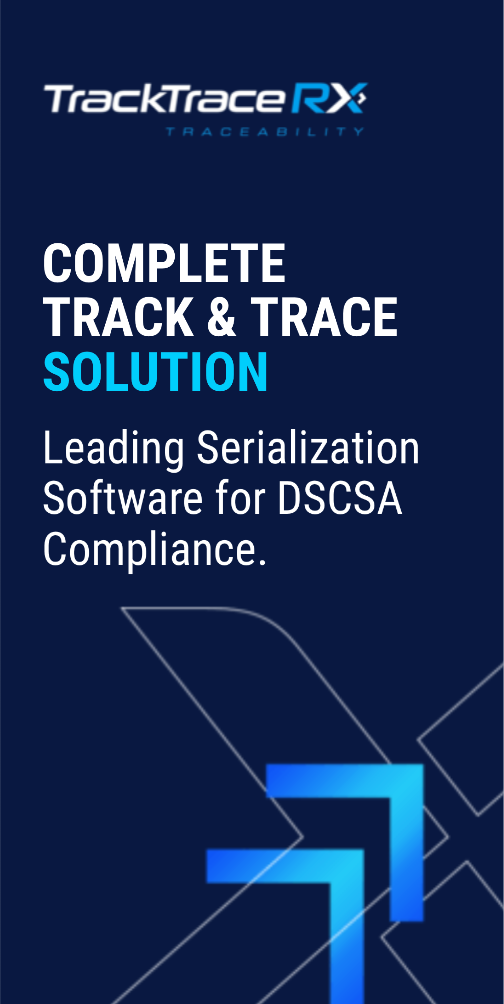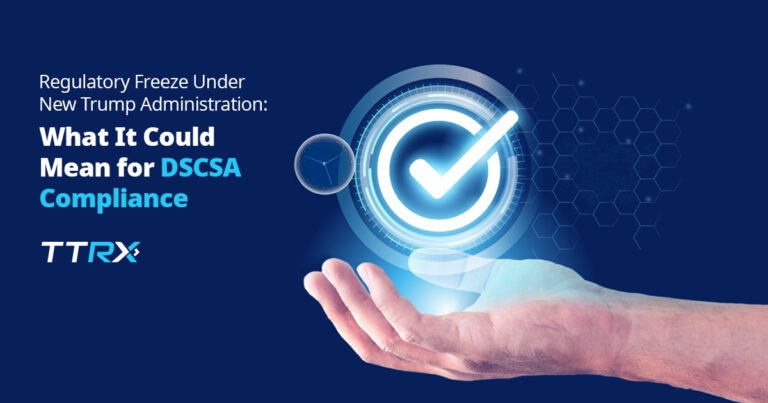The Drug Supply Chain Security Act (DSCSA) November 2017 deadline is approaching fast, perhaps too fast for some companies. Even if the largest players have prepared and tested their serialization solutions ahead of time, the industry as a whole is far from being ready on time. Some reports suggest many companies need 12-24 months more to implement serialization; a fraction of the market has not started yet. The latter believe the FDA would postpone the deadline. Should the deadline be postponed or not, serialization implementation is an endeavor of an extraordinary magnitude.
Most serialization projects start out as DSCSA compliance initiatives, but the thing is serialization goes far beyond that. You need a significant budget, personnel and time, new equipment, new IT systems, and new processes. Each of these requires massive investments, but when combined, these ingredients may create a hog in your budget. That is why implementing serialization requires time, from nine months and up, to plan, test, and troubleshoot before the prime time. Inevitably, glitches and setbacks will occur. Preparing right when choosing the serialization solution, as well as working in close coordination with your partners, CMOs, and 3PLs will help you get there.
Data
Careful planning from a forward-thinking perspective will let your serialization solution optimize your operations and even increase revenue. So, the first thing on your agenda should be evaluating in the long-term and short-term perspective your:
- Compliance needs
- Scalability capacity
- Rich data
It is the data that holds the largest potential for boosting your operations, especially the tracking events of a product as it moves down the supply chain. For your data to have value beyond compliance, it must provide tangible benefits, such as your ability to query it and use it for reporting to partners (for DSCSA compliance), facilitating an investigation when the need arises, and solving ad hoc issues in your routine operations.
It is highly recommended to capture all critical tracking events and include the serial numbers involved in the event – the date and time complete with the time zone, location and the operational context (condition of the product, and associated transactions).
The captured pool of data should include:
- Data needed specifically for the DSCSA compliance (applying the serial number, packing, shipping).
- Processing of exceptions.
- Processes that are critical – sampling, repacking, inspection, and others.
CMOs
The ultimate responsibility of serialization under the DSCSA is on the shoulders of the manufacturers, but if contract manufacturers (CMOs) lag with their serialization efforts, the manufacturers are at risk. In other words, CMO lag is manufacturer’s lag, so keeping a close communication loop with your CMO is important. You need to put in place the agreements that cover the key DSCSA responsibilities between your companies. You must have a voice in enforcing your CMOs serialization initiatives, and advising on packaging optimization and supply chain processes.
3PLs
Engage your third-party logistics providers (3PLs) to leverage their serialization capabilities:
- Define responsibilities, rules and accountability in your mutual serialization efforts.
- Provide access to master data (GTIN, GLN, and attributes), as it is crucial to identify the key events accurately.
- Put in place clear governance standards to preserve the integrity and accuracy of master data, especially as it is updated over the course of time.
- Data requirements must be clear, especially with the current mix of standards. GS1 EPCIS 1.0 of 2007, 1.1 of 2014, or 1.2 of 2016 – the industry is relying on three active versions of the GS1 EPCIS standard. Agree on the data format requirements down to the specific EPCIS versions for data interoperability, especially when interfacing with multiple partners.
- Work on integrating systems to achieve maximum supply chain visibility. 3PLs’ shipments affect manufacturer’s revenue and inventory directly. Manufacturers need data from 3PLs to send ASNs and invoices, so integrating to their systems lets manufacturers receive timely alerts and act on them, minimizing the wait times. API-enabled technologies grant systems interoperability without time-consuming programming.
Know Your Partner’s Requirements
Drug manufacturers, CMOs, re-packagers, and 3PLs all have their share of responsibility to ensure drug traceability within the supply chain. Every actor will expect to receive tracking events data from their trading partners. Some may be still at the early stages of identifying their data requirements. So, knowing what kind of data is required by your trading partner will save everyone the hassle when the deadline is due. Ask your trading partners about:
- Specifically what tracking event data they need, and how it compares and scales down to the data you intend to capture. Adjust.
- What master data you need to synchronize with each of your trading partners (drug name, dose, dosage form, and so forth).
- What identifiers you and your partner use for product identification and party and location identification (SGTIN, GLN?)
- What cybersecurity and data protection mechanisms are required by each of your trading partners.
- What mechanisms you will use to transmit/receive data (to know if you need to support legacy protocols such as SFTP, AS2).
- What roadblocks can hamper interoperability?
Conclusion
Finally, assess your vendor. See if the vendor is compliant with the GS1 EPCIS standards, or if/how they can ensure the collected data is used effectively to get business insights and optimize your operations. Do they have enough bandwidth (support, engineering capacity) to meet the deadline? Do they work with any of your trading partners (if not, can they interface with your trading partners’ systems)?
You can not go solo in your serialization project. Every actor of the drug supply chain is responsible for their share of the requirements. Manufacturers, CMOs, 3PLs, wholesalers, and serialization solution vendors must collaborate to get it done right. Then it’s good business.
About TrackTraceRx Suite
Other solutions on the market today are totally fragmented by only providing one piece of the puzzle. Pharmaceutical companies today are stuck subscribing to multiple services, accessing different companies for support and paying thousands of dollars to integrate different systems. The TrackTraceRx Suite is a game changer by combining the TrackTraceRx Traceability Solution, a ERP, and a Commerce Platform completely integrated out of the box. This eliminates having to deal with multiple support, feature services and integration costs.





